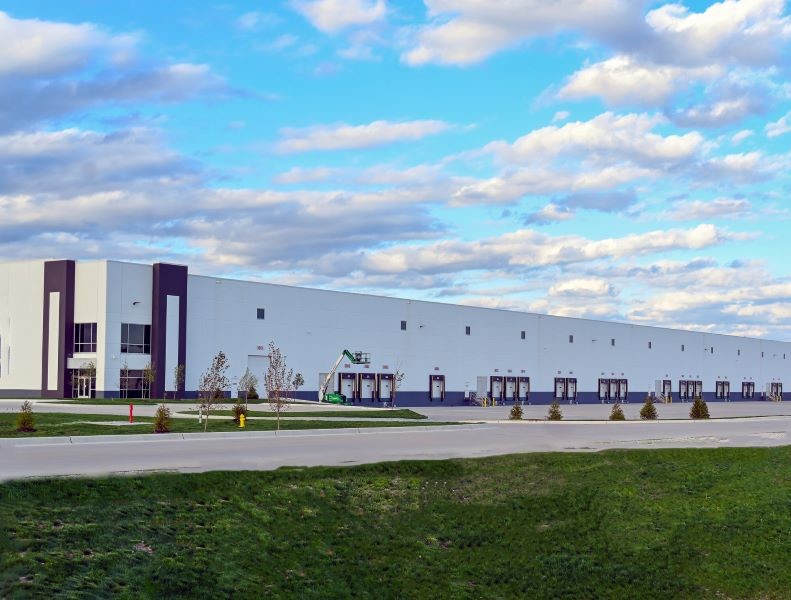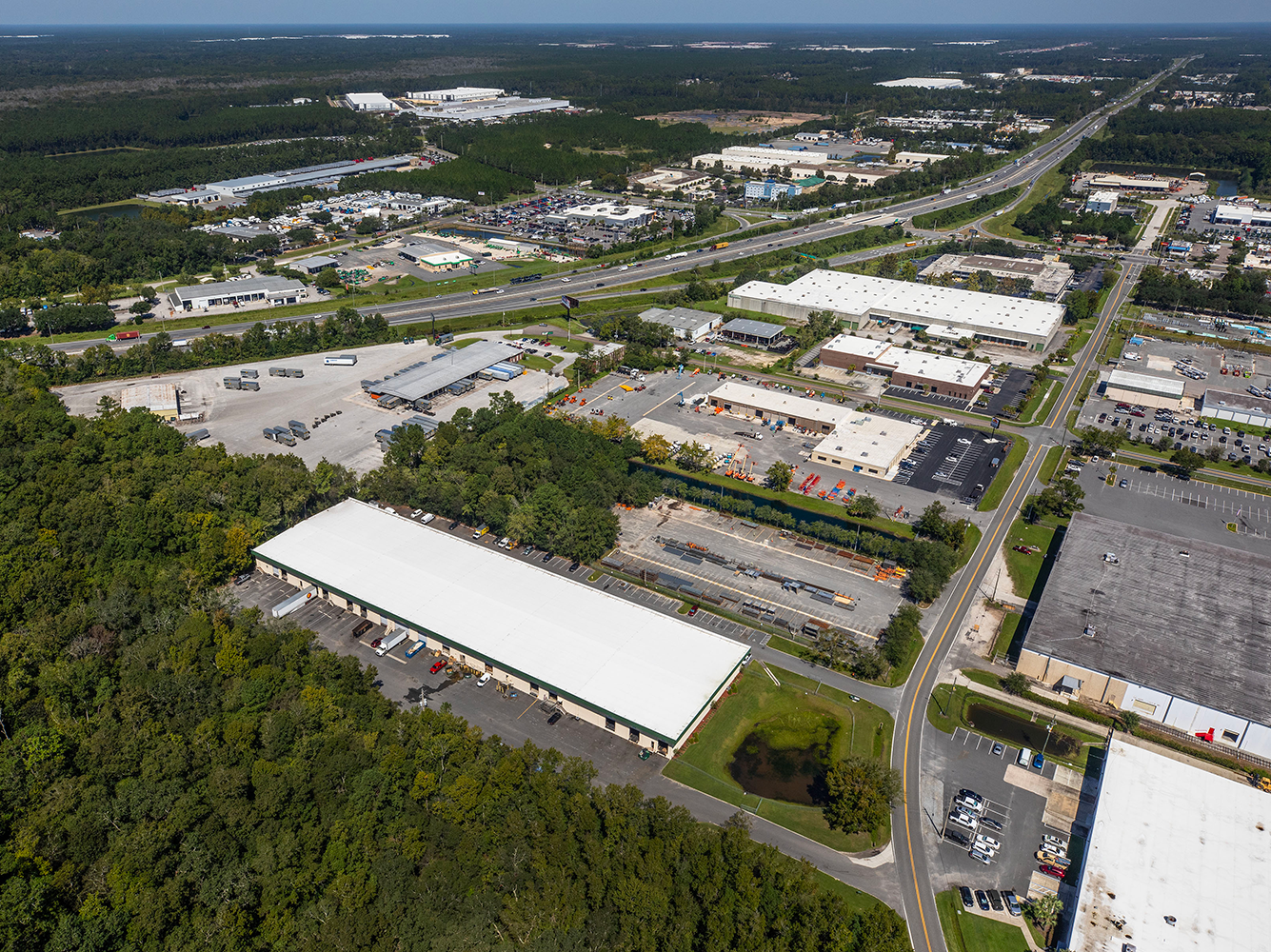What’s Driving the CRE Recovery?
These cities are at the forefront of growth, according to JLL’s latest research.
As the world prepares to eventually move into the post-pandemic era, cities with a high level of innovation-oriented industries and a strong talent pool will be best prepared for commercial real estate growth, according to the latest research from JLL.
U.S. cities are at the forefront of growth trends that are taking hold sooner than experts had anticipated due to the expediting forces of the COVID-19 pandemic.
JLL’s Innovation Geographies report establishes a vital connection between the innovation, talent ecosystems and commercial real estate performance. Innovation has been reshaping cities for some time, adapting to changes in work and lifestyle preferences. However, the pandemic put innovation—high-tech services, life sciences, high value-add manufacturing and scientific R&D—front and center. And innovation can only be fruitful in accord with talent, or a high-quality labor pool.
READ ALSO: Where to Find Tech’s Top Office Submarkets
U.S. cities account for 50 percent of the top 10 markets in the Innovation Geographies 2022 rankings, with San Jose, Calif., leading the world, followed by Tokyo. San Francisco, Boston and New York hold the third, fourth and fifth positions, while Seattle closes the list as the 10th most innovative city in the world. The U.S. is even more prominent in the rankings for talent concentration, with six cities in the top 10. San Jose ranks highest for the greatest concentration of talent anywhere in the world, followed by Boston and San Francisco. Washington, D.C., Austin, Texas, and Seattle hold the seventh, eighth and ninth positions.
The rankings, which covered 25 of the top markets across the globe, did highlight a few unexpected metros that are on the rise in global prominence, including Stockholm, Helsinki and Raleigh-Durham, N.C.
“It’s surprising that (Raleigh-Durham) comes up since it’s a smaller market, but not so surprising if you think of the amount of activity happening there, especially in regard to life sciences,” Amber Schiada, senior director of research with JLL, told Commercial Property Executive. “It has the institutional depth with the Research Triangle anchoring it, and proximity to other key life sciences markets like Boston, creating opportunities for companies that need scale to grow. There’s also been significant development and investment in life sciences and other innovation sectors for the last several years.”
Innovation plus talent equals real estate growth
As noted in the JLL report, the firm’s research supports the fact that more and more, investors are relying on innovation and talent metrics when making strategic decisions about which cities are the best targets for investment.
“Investors also have a crucial role to play in rejuvenating city centers and helping to shape cities’ spatial dynamics. This is even more important as cities recover from the pandemic; holistic mixed-used transformational projects will support city regeneration, while new and emerging innovation districts will help to bring back people to urban cores,” according to the report.
Challenges notwithstanding, JLL anticipates that the rejuvenation of the urban ecosystem will be afoot in 2022, with a return to travel and socializing and even a return to offices. The office sector, which took quite a beating during the pandemic and continues to inch toward recovery amid lingering health concerns and the remote-work trend, can be looked at as a model of the innovation-talent theory.
“Office performance over the last five years is highly correlated to the innovation-centric and talent-rich clusters, while over the longer-term period, gateways have always been the top performers. It’s clear there’s a correlation between corporate expansions into new markets, where talent and innovation metrics are prioritized, and the office market performance as these choices play out,” Schiada said. “Talent is a very important factor in where companies will relocate and grow, and our analysis highlights markets of opportunity when making new location decisions.”
Leading cities will continue to do their part as the world moves forward through the pandemic, while smaller markets with the gift of strong pools of talent will experience an ongoing evolution as they attract greater amounts of capital, according to the JLL report. As a result, new innovation districts centered on mixed-use developments offering density, diversity and quality will begin to sprout up in these areas.
“Our thesis is that cities, despite the challenges the pandemic has created for city centers, will continue to evolve and remain the locations that young professionals seek out. They’re still the centers of industry and we continue to see a tremendous amount of leasing activity in gateway cities,” Schiada added. “These markets have the depth and breadth of the talent. The pendulum is already swinging back. Within the context of longer-term history, cities are critical centers of innovation and idea generation, and provide the depth for companies looking to scale. Cities will continue to be the centers of excellence.”
Read the full report by JLL.










You must be logged in to post a comment.